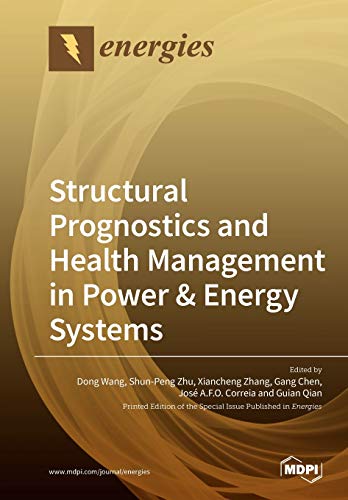

Most ebook files are in PDF format, so you can easily read them using various software such as Foxit Reader or directly on the Google Chrome browser.
Some ebook files are released by publishers in other formats such as .awz, .mobi, .epub, .fb2, etc. You may need to install specific software to read these formats on mobile/PC, such as Calibre.
Please read the tutorial at this link: https://ebookbell.com/faq
We offer FREE conversion to the popular formats you request; however, this may take some time. Therefore, right after payment, please email us, and we will try to provide the service as quickly as possible.
For some exceptional file formats or broken links (if any), please refrain from opening any disputes. Instead, email us first, and we will try to assist within a maximum of 6 hours.
EbookBell Team

0.0
0 reviewsThe idea of preparing an Energies Special Issue on “Structural Prognostics and Health Management in Power & Energy Systems” is to compile information on the recent advances in structural prognostics and health management (SPHM). Continued improvements on SPHM have been made possible through advanced signature analysis, performance degradation assessment, as well as accurate modeling of failure mechanisms by introducing advanced mathematical approaches/tools. Through combining deterministic and probabilistic modeling techniques, research on SPHM can provide assurance for new structures at a design stage and ensure construction integrity at a fabrication phase. Specifically, power and energy system failures occur under multiple sources of uncertainty/variability resulting from load variations in usage, material properties, geometry variations within tolerances, and other uncontrolled variations. Thus, advanced methods and applications for theoretical, numerical, and experimental contributions that address these issues on SPHM are desired and expected, which attempt to prevent overdesign and unnecessary inspection and provide tools to enable a balance between safety and economy to be achieved. This Special Issue has attracted submissions from China, USA, Portugal, and Italy. A total of 26 submissions were received and 11 articles finally published.